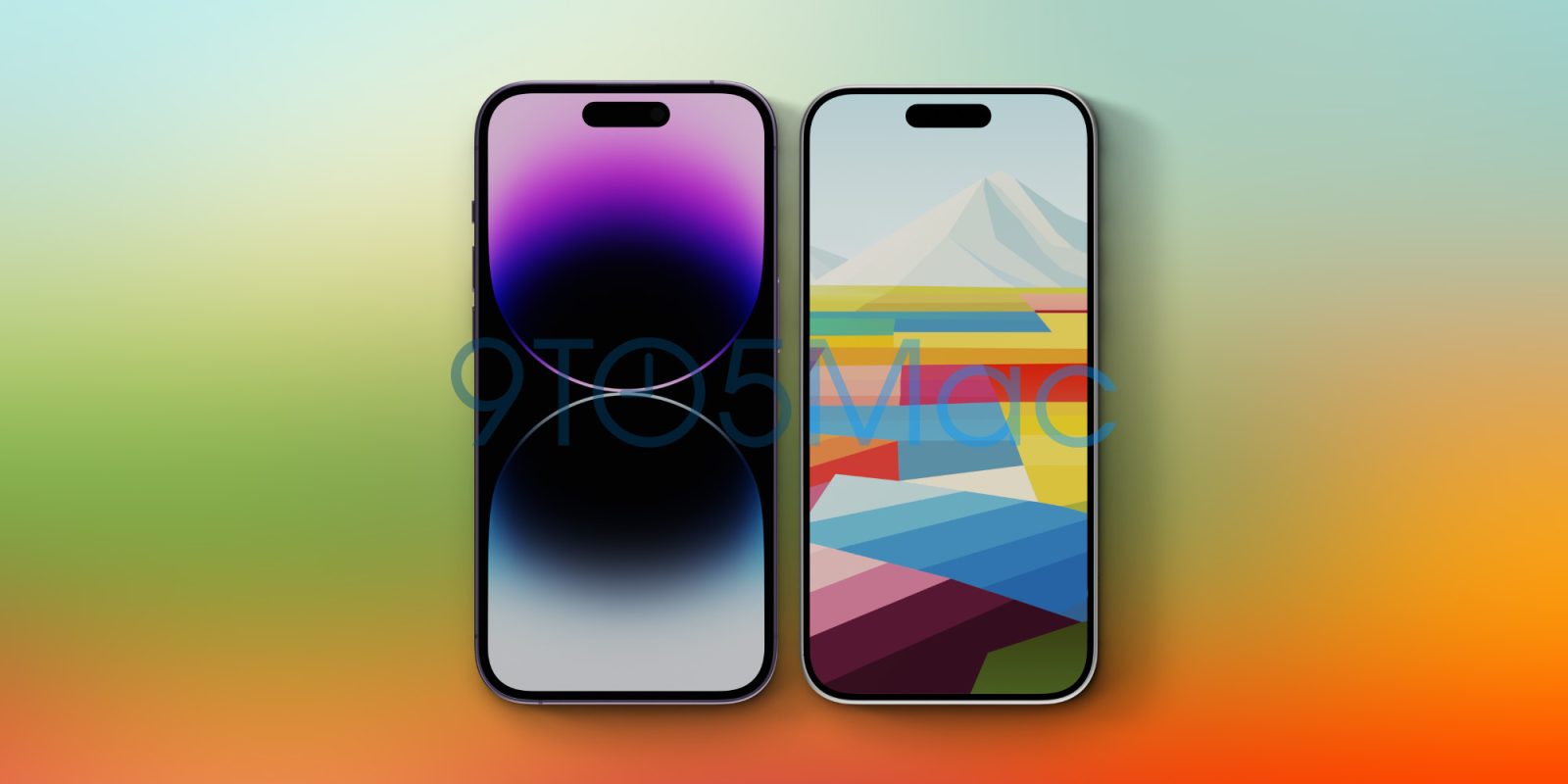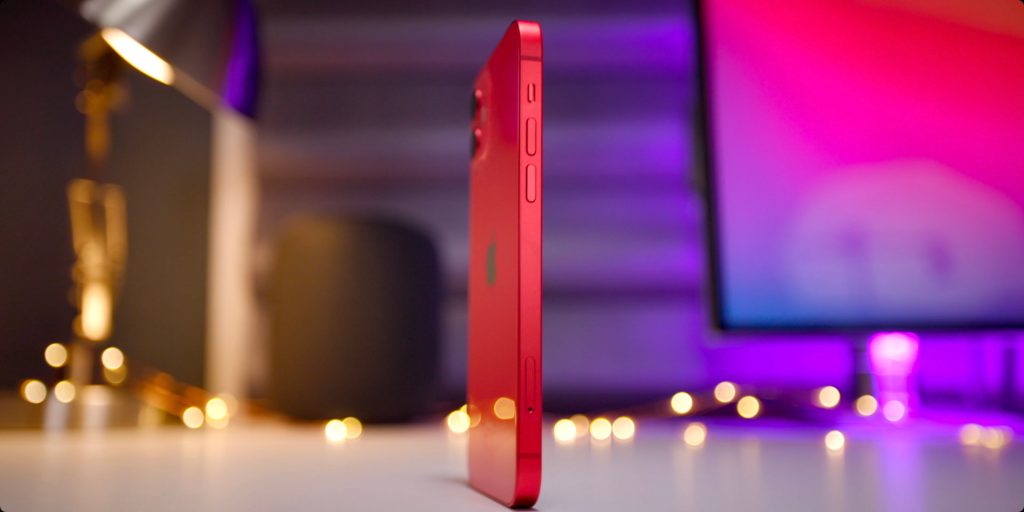
As we shift from iPhone 14 to iPhone 15, a question crossed my mind. Will we ever see another S-model iPhone?
This story is supported by Mosyle, the only Apple Unified Platform. Mosyle is the only solution that fully integrates five different applications on a single Apple-only platform, allowing businesses and schools to easily and automatically deploy, manage, and protect all their Apple devices. Over 38,000 organizations leverage Mosyle solutions to automate the deployment, management, and security of millions of Apple devices daily. Request a FREE account today and discover how you can put your Apple fleet on auto-pilot at a price point that is hard to believe.

The S strategy
I think the answer has to be no.
Despite core technologies like Siri and Touch ID debuting during S-model years, the S-naming convention just says same. Same version number, same design, just plain same.
I vividly recall great interest in the iPhone 5 in 2011. When Apple announced the iPhone 4S instead, a disappointed response that was echoed was “I’m still waiting for the 5.”
Apple hadn’t yet established the pattern that developed with iPhone 3G to iPhone 3GS, iPhone 4 to iPhone 4S, iPhone 5 to iPhone 5S, and iPhone 6 to iPhone 6S.

Those eight phones depicted four distinct designs. A new hardware number meant a new physical design, and adding an S meant new capabilities to phones with that design.
These days, I don’t think there’s any sign of another hardware version number being upgraded with an S. At least, it hasn’t happened in a while.
It’s kind of fuzzy to pinpoint exactly when the S strategy went away, though. At the same time, I think the S strategy very clearly lives on.
You could argue that the S strategy ended with the iPhone 7. It shared the same shape and screen size as the iPhone 6 and iPhone 6S, but it incremented the version number anyway. It could very well have been called the iPhone 6SS, but that’s just a bridge too far for bad product names.
S without the S
The clearest reflection of today’s abandonment of the S-naming convention came with the iPhone 8. There simply was no iPhone 7S, and the iPhone 8 shared the same shape and size as the iPhone 7. Apple effectively took the shape and size of the iPhone 6 and used it across four consecutive generations of phones.
Apple eventually took the iPhone 5 shape and size to three generations with the original iPhone SE, and the iPhone 6 size and shape has reached its sixth iteration with the third-gen iPhone SE, but let’s stick to flagships.
There was also no iPhone 9, but that helped Apple market the iPhone X (10) as two years ahead of the iPhone 8, which was released in the same month.

The actual last official S model iPhone came a year after the iPhone X. Apple introduced the iPhone XS, which unsurprisingly used the same shape and size of the still modern-looking iPhone X. There was also a larger version of the iPhone XS called the iPhone XS Max.
These two phones closed the S gap, but they were also the last official S models.
What’s an S anyway?
The simple fact is that the S strategy only made sense when there was a new iPhone available in one or two sizes each year, and the general design was updated every other year.
Now there are four new iPhones each fall, and new hardware designs are introduced less frequently.
Starting with the iPhone 11, Apple has just cranked up the number by one each year.
iPhone X, iPhone XS, and iPhone 11 Pro belong in the same family in terms of design.

iPhone 12 Pro, iPhone 13 Pro, and iPhone 14 Pro could be categorized together as well based on the case shape. The Face ID sensor housing, however, shrunk, then became the Dynamic Island between each revision.
iPhone 15 Pro
At a glance, the iPhone 15 Pro looks like yet another revision to the design introduced with the iPhone 12 Pro. However, we believe slimmer bezels and the same display dimensions will make it slightly smaller overall without shrinking the screen size.
Top comment by bcom77
I think consumers got to the point where in an 'S' year they started to think "I'll just wait for the next 'proper' new iPhone". Apple may have thought that ditching 'S' phones and giving each new iPhone its own numeration meant that it felt more like a proper definitive iPhone with each release. Having said that though, the iPhone 14 probably is more of an 'S' phone than an actual 14th iPhone. In fact, it's far less of an upgrade over its predecessor than most 'S' iPhones usually get.
Specifically, we expect to see the 71.45mm x 147.46mm Phone 14 Pro be replaced with the 70.46mm x 146.47mm iPhone 15 Pro, although the thickness will likely bump up from 7.84mm to 8.24mm.

In retrospect, the S years were really just easy indicators that the design of the phone stayed the same. These days, iPhone designs are lasting longer than ever, but other aspects are changing yearly.
Details like case materials, camera oomph, and display looks change frequently enough that the line for what is an iteration of a previous generation is becoming totally blurred.
Even if case designs are lasting longer than ever, the real end of the S era is no longer being able to clearly say that one iPhone is an S version of another iPhone. At least not for a while, it seems.
FTC: We use income earning auto affiliate links. More.




Comments